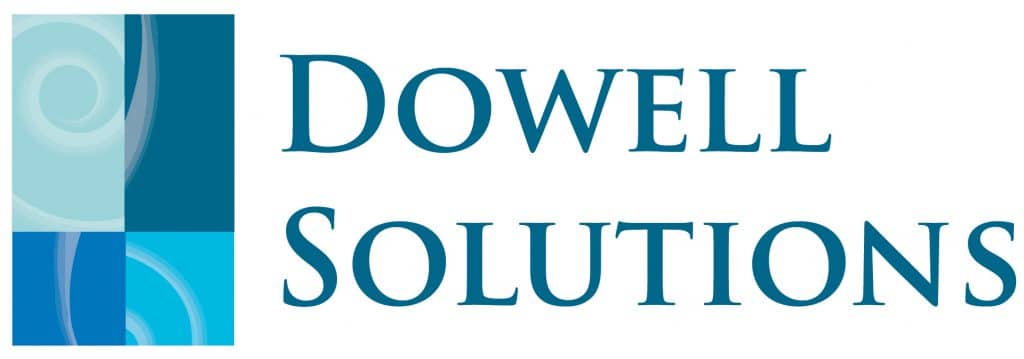Keeping your workplace safe is your top priority. But what happens when something goes wrong?
Reporting notifiable incidents might seem overwhelming, but it doesn’t have to be.
That’s where Noah (Notifiable Incident Advisor) comes in. Noah helps business owners, managers, and supervisors navigate Australian WHS laws with clarity, quickly identifying what incidents need to be reported and how to report them, no matter which state or territory you’re in. With Noah, compliance just got a whole lot simpler.

This guide will help you understand what counts as a notifiable incident, when and how to report it, and what steps to take to stay compliant.
What Are Notifiable Incidents and Why Do They Matter?
Notifiable incidents are serious workplace events that must be reported to the appropriate safety regulator. Understanding what qualifies as a notifiable incident can help you respond quickly and confidently if the unexpected happens.
Examples of Notifiable Incidents
Here’s a quick breakdown of what counts as a notifiable incident:
- Death: Any fatality that occurs at or near your workplace.
- Serious Injuries or Illnesses: Includes hospitalisations, amputations, serious burns, or infections related to work activities.
- Dangerous Incidents: These don’t have to result in injury but involve serious risks like chemical spills, fires, or structural collapses.
Why Reporting Matters
Reporting a notifiable incident isn’t just about another compliance requirement. It helps regulators assess risks, prevent future incidents, and protect everyone in your workplace.
But staying on top of reporting rules across different states can feel overwhelming. That’s why Noah (Notifiable Incident Advisor) was designed to take the guesswork out of compliance, so you can focus on running your business with confidence.
Meet Noah: Your Notifiable Incident Advisor

Navigating notifiable incidents can feel like a maze. However, it doesn’t have to. Meet Noah (Notifiable Incident Advisor), your free and easy-to-use guide for Australian WHS reporting.
Here’s how Noah can help you:
✅ Quickly determine if an incident is notifiable under Australian WHS laws.
✅ Get clear, step-by-step guidance on how to report incidents to regulators.
✅ Save time and avoid costly compliance mistakes.
✅ Feel confident no matter which state or territory you’re in.
Noah takes the stress out of compliance, so you can focus on creating a safer workplace.
How to Handle Notifiable Incidents Step-by-Step
- Notify the Regulator Immediately
Once you’re aware of a notifiable incident, call your local safety regulator. This ensures they can assess the situation quickly. - Preserve the Incident Site
Keep the site as it is until an inspector arrives, unless it’s necessary to help someone, make the area safe, or assist a police investigation. - Provide Written Notification (If Requested)
Regulators may ask for additional details within 48 hours. Be ready with accurate information about what happened. - Keep Records for 5 Years
Maintaining thorough records is essential. It helps demonstrate compliance and keeps your team informed about past incidents.
State-Specific Reporting Requirements (Simplified)
Each state and territory in Australia has specific processes for reporting notifiable incidents. Keeping up with these requirements can be tricky, however Noah makes it simple by providing tailored guidance based on your location.
Here’s what you need to know:
New South Wales (SafeWork NSW)
Notify SafeWork NSW immediately by phone or through their online form. Additionally, you must notify your workers’ compensation insurer within 48 hours.
Victoria (WorkSafe Victoria)
Report deaths, serious injuries, and dangerous incidents immediately.
Queensland (Workplace Health and Safety Queensland)
Follow model WHS laws and report incidents through an online notification form or by calling 1300 362 128.
Western Australia (WorkSafe WA)
Incidents must be reported immediately to WorkSafe WA. Their system follows model WHS laws and uses the term “PCBU” (Person Conducting a Business or Undertaking).
South Australia (SafeWork SA)
Incidents must be reported immediately by calling SafeWork SA on 1800 777 209 (available 24/7). Follow model WHS laws for compliance.
Tasmania (WorkSafe Tasmania)
Notify WorkSafe Tasmania as soon as you become aware of a notifiable incident. Use their online form or call for assistance.
Australian Capital Territory (WorkSafe ACT)
Report incidents immediately during business hours by calling 13 22 81, or after hours on 0419 120 028.
From June 9, 2023, all workplace sexual assault incidents must also be reported to WorkSafe ACT. PCBUs are legally required to notify suspected or confirmed incidents.
Northern Territory (NT WorkSafe)
Notify NT WorkSafe immediately after becoming aware of a notifiable incident. Reports can be made by phone or through their online portal.
Commonwealth (Comcare)
For businesses under federal jurisdiction, notify Comcare using the fastest possible means. If unsure, it’s better to report than to risk non-compliance.
5 Tips to Make Reporting Less Stressful
- Train Your Team: Make sure managers and supervisors know how to identify and report notifiable incidents.
- Document Processes: Keep a clear checklist handy for what to do when an incident occurs.
- Communicate Regularly: Update your team on any changes to WHS legislation or reporting requirements.
- Review Past Incidents: Regularly audit your records to ensure compliance and learn from previous events.
- Ask for Help: When in doubt, Noah is here to help you identify notifiable incidents and report them with confidence, saving you time and stress.
QUICK TIP
Include a line at the end of your Incident Investigation Form that asks “Is this a Notifiable Incident?”. This will act as a prompt to staff to consider if incidents need to be notified to your particular safety regulator.
Stay Proactive and Confident
By understanding notifiable incidents and having a clear plan in place, you can navigate these challenging situations with confidence.
Remember, reporting is only one aspect of safety and compliance. There are many aspects that work together in protecting your people and creating a safer workplace.
When it comes to workplace safety, preparation is key. By staying informed and using tools like Noah (Notifiable Incident Advisor), you can simplify compliance and focus on keeping your workplace safe.

ABOUT THE Author - Kylie Dowell
Kylie Dowell is a seasoned WHS consultant, trainer, and safety advocate with over 25 years of experience helping Australian businesses create safer, compliant workplaces.
Through her partnership with TEAMS, an accredited Registered Training Organisation, Kylie delivers a wide range of training up to Advanced Diploma level, empowering businesses with the knowledge and skills to manage safety effectively.
As an approved trainer for Health and Safety Representative (HSR) courses by three Safety Regulators, Kylie has guided countless organisations in building stronger safety cultures and fostering healthier work environments.
Specialising in practical and effective safety solutions, she works closely with small and medium-sized businesses to simplify complex WHS requirements, making safety approachable and achievable.
When she’s not delivering high-quality training or conducting ISO 45001-certified audits, Kylie enjoys collaborating with her clients to design tailored workshops and strategies that suit their unique needs.
Ready to make safety simpler? Get in touch with Kylie today for personalised support.
